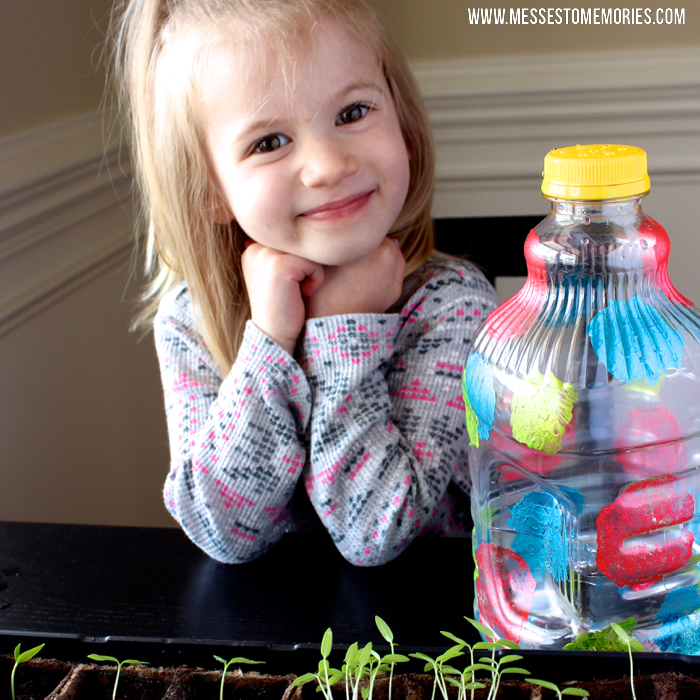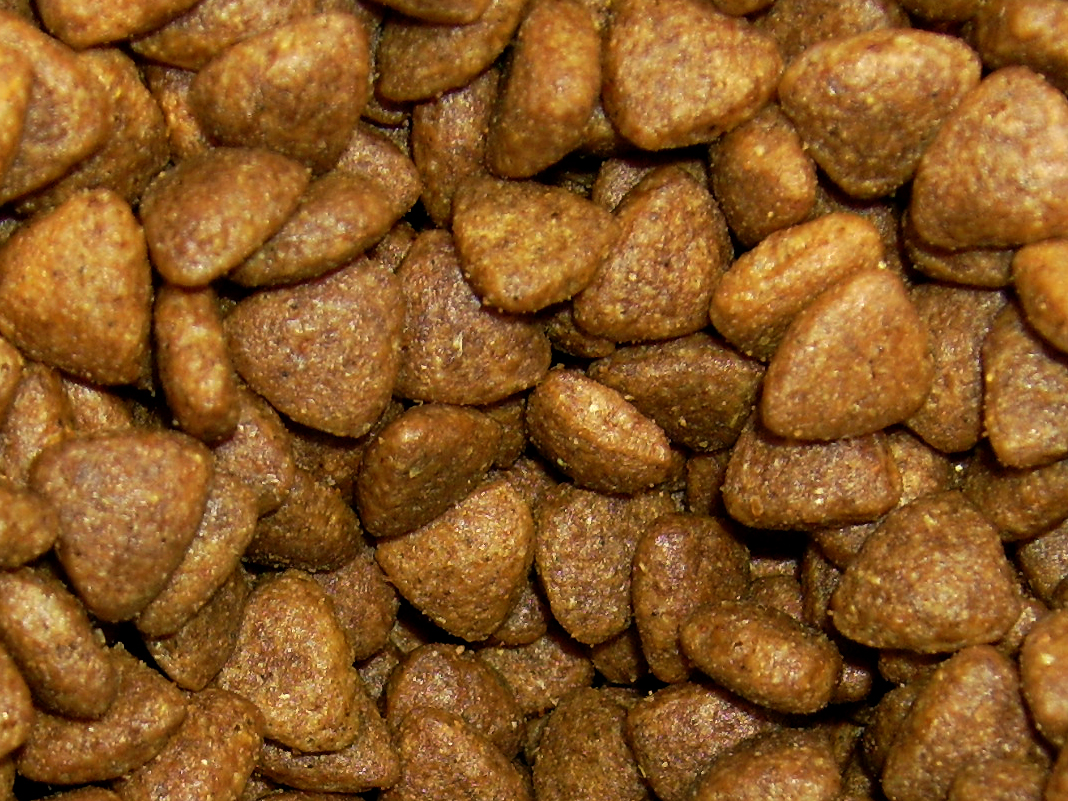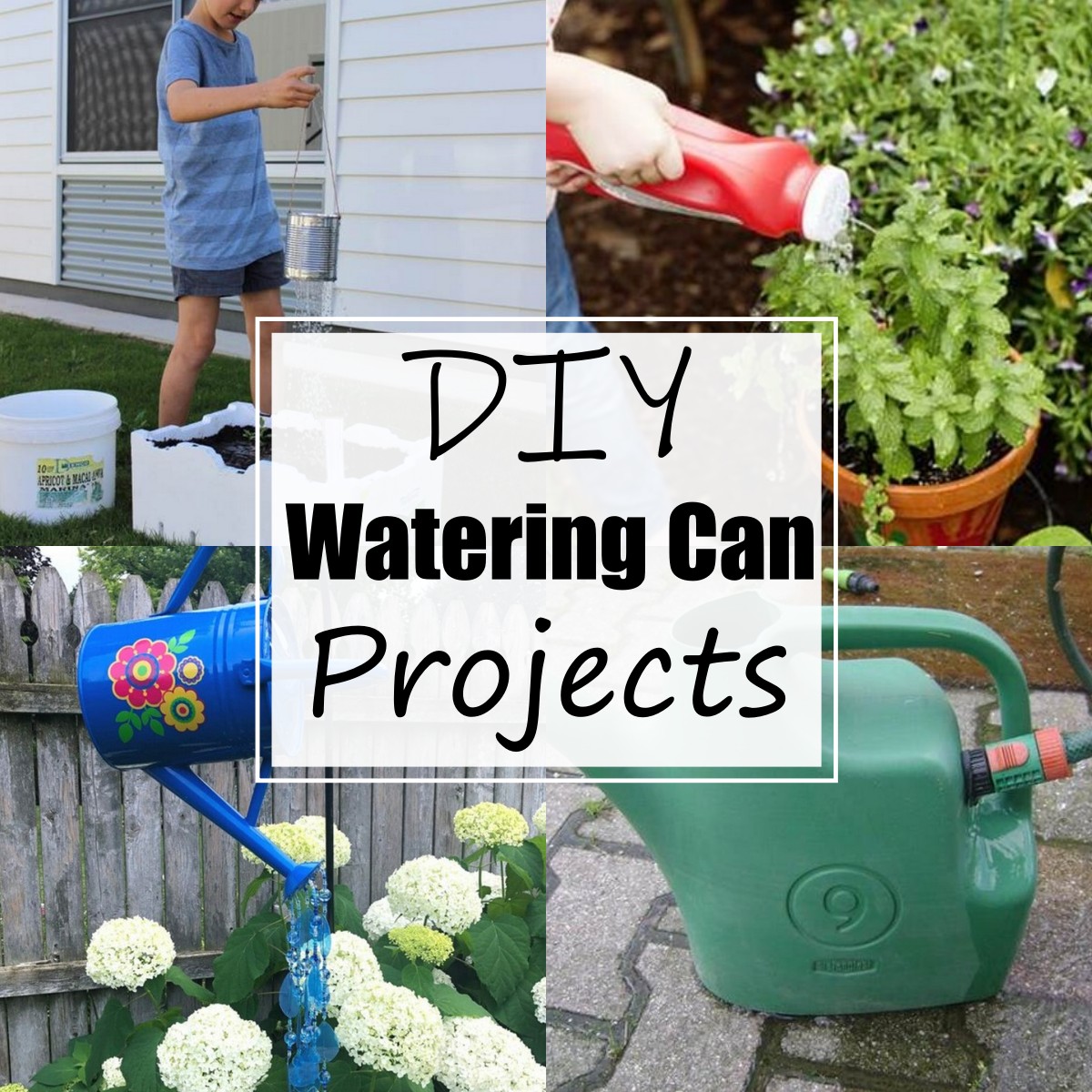DIY fairy garden sets the stage for a captivating journey into a world of miniature wonder, where imagination blooms alongside vibrant foliage. From the whimsical charm of miniature houses to the intricate details of moss-covered pathways, creating a fairy garden is an enchanting endeavor that brings joy and beauty to any space.
The allure of fairy gardens lies in their ability to transform ordinary corners into magical realms, inviting us to embrace the playful spirit of childhood and connect with the natural world. Whether you’re an experienced gardener or a curious beginner, the process of crafting a fairy garden is a rewarding experience that encourages creativity, fosters a connection with nature, and sparks a sense of wonder.
Introduction to Fairy Gardens
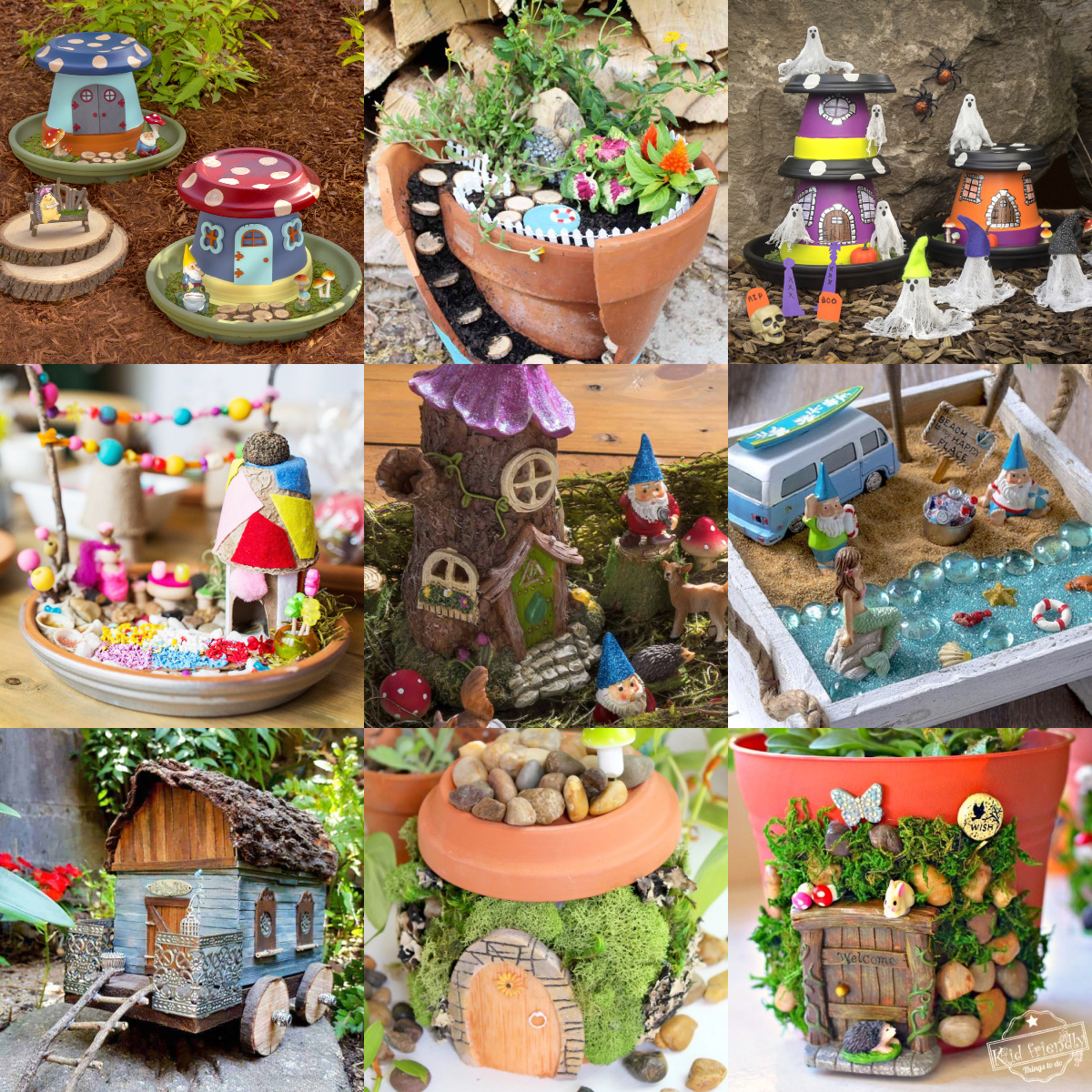
A DIY fairy garden is a miniature garden designed to resemble a whimsical and enchanting world for fairies and other mythical creatures. These gardens are typically created in containers, such as pots, trays, or even old teacups, and are filled with miniature plants, rocks, moss, and other decorative elements. They offer a delightful way to connect with nature, spark creativity, and add a touch of magic to any space.
Fairy gardens have been popular for centuries, with roots tracing back to the Victorian era, where miniature gardens were a popular hobby. The concept of fairies and their connection to nature has been present in folklore and mythology for millennia. The appeal of fairy gardens lies in their ability to transport us to a realm of imagination and wonder, where anything is possible.
The Benefits of Creating a Fairy Garden
Creating a fairy garden can offer numerous benefits, both for individuals and the environment. Here are some of the key advantages:
- Encourages Creativity and Imagination: Fairy gardens provide a blank canvas for creative expression, allowing individuals to design and build their own miniature worlds. The process encourages imagination and fosters a sense of wonder.
- Connects with Nature: Working with plants and natural materials provides a connection with nature, promoting a sense of calm and well-being. It also encourages an appreciation for the beauty and diversity of the natural world.
- Offers a Relaxing and Therapeutic Activity: The act of creating and tending to a fairy garden can be a relaxing and therapeutic activity, providing a sense of accomplishment and mindfulness.
- Provides Educational Opportunities: Fairy gardens can be a fun and engaging way to learn about plants, gardening, and miniature design. They can also teach children about nature, responsibility, and the importance of caring for living things.
- Enhances Outdoor Spaces: Fairy gardens can add a touch of charm and whimsy to any outdoor space, whether it’s a patio, balcony, or backyard. They can create a sense of enchantment and inspire a love of nature.
Planning Your Fairy Garden
Planning your fairy garden is like creating a miniature world. It’s about choosing the right space, deciding on a theme, and then bringing your imagination to life.
Choosing a Location and Size
The location and size of your fairy garden are crucial to its success.
- Sunlight: Fairy gardens thrive in a spot that receives at least a few hours of sunlight daily. This ensures your plants will flourish and the garden will be vibrant.
- Water Drainage: Select a location with good drainage to prevent waterlogging, which can harm your plants.
- Accessibility: Choose a spot that is easily accessible for you to tend to your garden. You’ll want to be able to water, prune, and admire your creations.
- Size: The size of your fairy garden depends on your preferences and available space. A small container can be just as charming as a larger one.
Design Styles and Themes
There are countless design styles and themes for fairy gardens, allowing you to express your creativity.
- Woodland: This style incorporates natural elements like moss, rocks, and miniature trees.
- Enchanted Forest: Embrace a mystical vibe with twisting branches, glowing mushrooms, and whimsical creatures.
- Cottage Garden: Create a cozy and romantic feel with colorful flowers, miniature houses, and rustic furniture.
- Tropical Paradise: Bring the tropics to your garden with lush greenery, vibrant flowers, and exotic miniature animals.
- Whimsical Wonderland: Let your imagination run wild with unusual shapes, bright colors, and playful decorations.
Selecting and Planting: Diy Fairy Garden
Once you have designed your fairy garden, it’s time to choose the perfect plants to inhabit it. Fairy gardens are miniature worlds, so you’ll need plants that are small in stature and have unique characteristics that enhance the magical atmosphere.
Choosing the Right Plants
Selecting the right plants for your fairy garden is crucial for its success and beauty. The ideal plants are not only visually appealing but also thrive in the specific conditions of your fairy garden.
- Size: Fairy gardens are miniature landscapes, so choose plants that stay small. Consider miniature varieties of common plants, like miniature roses, dwarf conifers, or small succulents.
- Light Requirements: Understand the light conditions in your fairy garden. Plants that thrive in full sun may not do well in a shady location. Choose plants that match the amount of sunlight your garden receives.
- Maintenance Needs: Some plants require more attention than others. Consider how much time you are willing to dedicate to watering, pruning, and fertilizing your fairy garden plants.
Attracting Pollinators
Pollinators are essential for a healthy ecosystem, and your fairy garden can be a haven for them.
- Choose Pollinator-Friendly Plants: Select plants that attract bees, butterflies, and other pollinators. Consider adding herbs like lavender, thyme, and rosemary, which are known for their fragrant flowers and ability to attract pollinators.
- Provide a Water Source: A small birdbath or shallow dish of water can provide a vital source of hydration for pollinators.
- Avoid Pesticides: Pesticides can harm pollinators. Use organic pest control methods instead.
Planting and Caring for Your Fairy Garden
Once you have selected your plants, it’s time to plant them in your fairy garden.
- Prepare the Soil: Use a well-draining potting mix that is specifically designed for container gardening. Add a layer of gravel or small rocks to the bottom of your container to improve drainage.
- Plant Carefully: Gently remove the plants from their pots and loosen the roots. Place them in your fairy garden container, ensuring that they are at the same depth they were in their original pots.
- Water Thoroughly: After planting, water your fairy garden thoroughly to settle the soil and help the plants establish themselves.
- Maintain Regularly: Water your fairy garden regularly, especially during hot and dry weather. Prune any dead or overgrown foliage to maintain the shape and size of your fairy garden.
Adding Fairy Garden Features
A fairy garden is more than just plants; it’s a miniature world waiting to be filled with charm and wonder. Adding features to your fairy garden creates a sense of depth, intrigue, and adds personality to your tiny landscape.
Incorporating Miniature Houses, Furniture, and Other Decor
Miniature houses, furniture, and other decorative elements bring a sense of life and story to your fairy garden. These tiny objects invite imagination and create a sense of scale, reminding you of the world you are creating.
- Miniature Houses: Choose houses made from materials like wood, metal, or resin. These houses come in various styles, from quaint cottages to whimsical castles. You can even paint them to match your fairy garden’s theme.
- Furniture: Tiny tables, chairs, benches, and even swings add a touch of whimsy to your fairy garden. Look for furniture made from wood, metal, or plastic.
- Decorative Elements: Add miniature lanterns, birdhouses, windmills, or even tiny signs to enhance the visual appeal of your fairy garden. These items can create focal points and add visual interest.
Using Natural Materials, Diy fairy garden
Natural materials like rocks, twigs, and moss add a touch of realism and charm to your fairy garden. They can be used to create paths, bridges, walls, and other structures.
- Rocks: Rocks can be used to create paths, walls, or even small mountains in your fairy garden. Choose a variety of sizes and shapes for a natural look.
- Twigs: Twigs can be used to create fences, bridges, or even miniature furniture. You can also use them to add a touch of texture to your fairy garden.
- Moss: Moss can be used to create a lush, green carpet for your fairy garden. It can also be used to cover rocks, walls, or even create small mounds.
DIY Fairy Garden Projects
The beauty of fairy gardens lies in the creativity they inspire. You can personalize your garden with unique features, turning it into a magical realm. This section provides step-by-step instructions for creating DIY fairy garden features, giving you the freedom to build your own enchanted world.
Building Miniature Houses
Building miniature houses adds a charming focal point to your fairy garden. These tiny dwellings can be made from a variety of materials, including recycled items, craft supplies, and even natural elements.
Here’s a step-by-step guide for building a miniature house using a small wooden box:
- Choose your base: Select a small wooden box, preferably one with a lid. You can use a cigar box, a tea box, or even a small wooden crate.
- Prepare the box: Clean and sand the box to remove any imperfections. Paint the box in a color that complements your garden theme.
- Create the roof: Cut a piece of cardboard or thin plywood to fit the top of the box. You can create a simple flat roof or add a gable roof by folding the cardboard in half. Attach the roof to the box using glue or nails.
- Add details: Cut small pieces of cardboard or wood to create windows, doors, and other architectural details. Paint these details and attach them to the box using glue.
- Decorate: Once the house is assembled, you can decorate it with paint, glitter, and other embellishments. You can also add miniature furniture, lights, and other accessories to complete the look.
Crafting Miniature Furniture
Adding miniature furniture to your fairy garden adds a touch of realism and personality. You can create a variety of furniture pieces using simple materials like clay, polymer clay, or even toothpicks.
Here are some ideas for crafting miniature furniture:
- Chairs: Use toothpicks and small pieces of clay or polymer clay to create simple chairs. You can add details like cushions and backs using additional clay.
- Tables: Use a small piece of cardboard or wood as a base for the table. Cut small squares of cardboard or wood for the table top and attach them to the base using glue.
- Beds: Use a small piece of cardboard or wood as a base for the bed. Cut small pieces of cardboard or wood for the headboard and footboard and attach them to the base using glue.
- Benches: Use toothpicks and small pieces of clay or polymer clay to create simple benches. You can add details like cushions and backs using additional clay.
Making Fairy Garden Paths
Fairy garden paths add a touch of whimsy and guide visitors through your miniature landscape. You can use a variety of materials to create paths, including pebbles, stones, sand, and even moss.
Here’s a step-by-step guide for making a fairy garden path using pebbles:
- Plan your path: Decide on the shape and size of your path. Consider the overall layout of your fairy garden and where you want the path to lead.
- Prepare the area: Clear the area where you want to create the path. Remove any weeds, debris, or loose soil.
- Lay the pebbles: Arrange the pebbles in a pattern that you like. You can create a straight path, a winding path, or even a circular path.
- Secure the pebbles: Once you’re happy with the arrangement, use a little bit of glue or soil to secure the pebbles in place.
- Add finishing touches: You can add additional decorations to your path, such as miniature lanterns, flowers, or other small objects.
Repurposing Everyday Items
Repurposing everyday items is a great way to create unique and budget-friendly fairy garden decorations. Use your imagination to transform old items into magical elements for your fairy garden.
Here are some ideas for repurposing everyday items:
- Teacups and saucers: Use teacups and saucers as miniature flower pots, bird baths, or even as decorative elements in your fairy garden.
- Wine corks: Wine corks can be used to create miniature mushrooms, fences, or even small furniture pieces.
- Buttons: Buttons can be used to create miniature flowers, windows, or even as decorative elements on miniature houses.
- Egg shells: Egg shells can be used to create miniature planters, bird nests, or even as decorative elements in your fairy garden.
Fairy Garden for Children
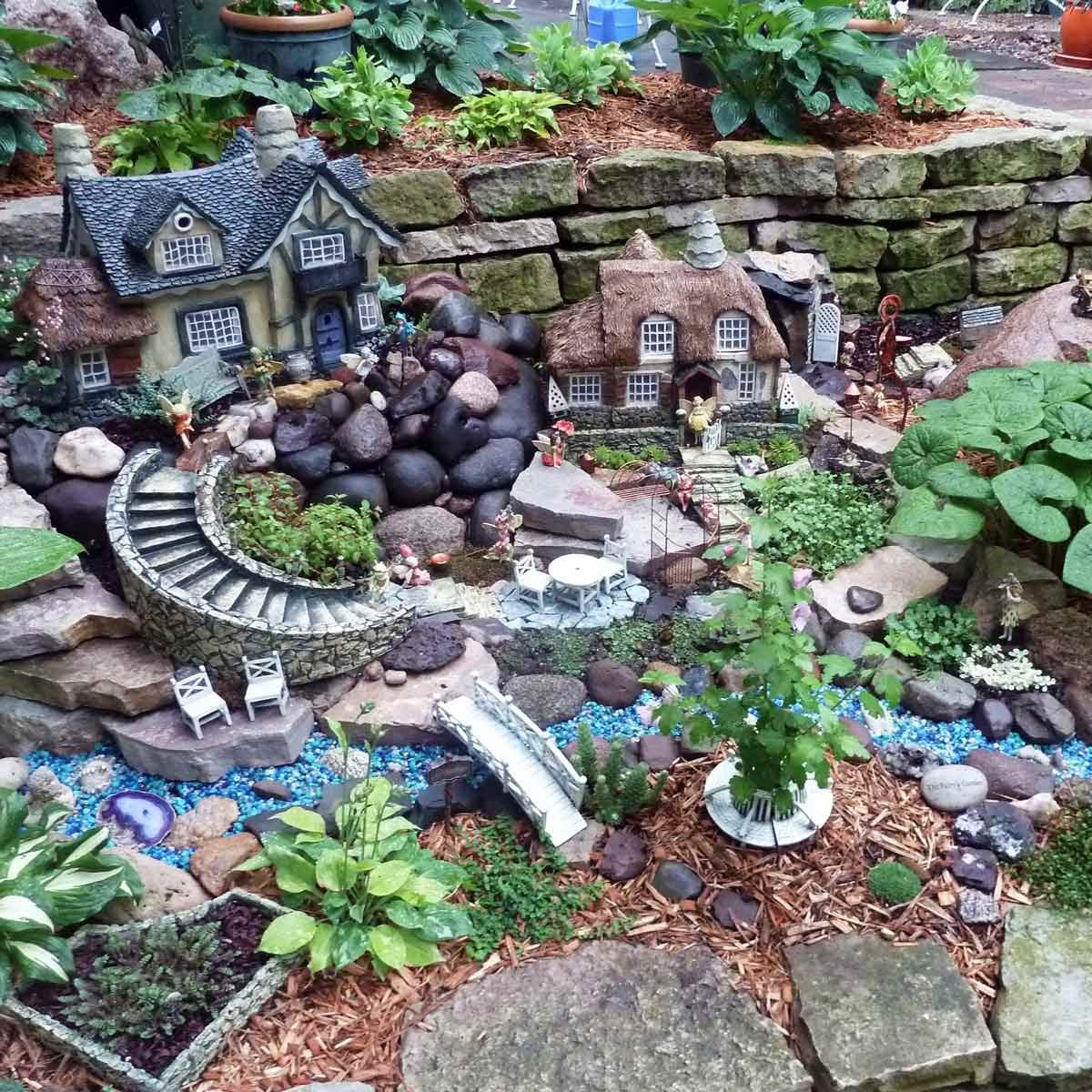
Fairy gardens are a wonderful way to introduce children to the wonders of nature and foster a love for gardening. They offer a hands-on learning experience that is both enjoyable and educational, encouraging creativity, responsibility, and an appreciation for the natural world.
Creating Age-Appropriate Fairy Gardens
Creating a fairy garden that is engaging and appropriate for children requires careful consideration of their age and abilities.
- Younger children (ages 2-5) will enjoy simple fairy gardens with easy-to-handle plants and features. Consider using a shallow container and selecting plants that are low-maintenance and non-toxic, such as succulents, herbs, or small flowering plants. Add whimsical elements like small figurines, painted rocks, or miniature houses. Supervise younger children closely to ensure their safety while working in the garden.
- Older children (ages 6-10) can participate in more complex fairy garden projects. They can help choose plants, create paths, and add intricate features. Encourage their creativity by providing them with a variety of materials, such as pebbles, twigs, and moss, to create their own unique fairy garden landscapes.
Benefits of Involving Children in Fairy Gardens
Children who participate in creating and caring for a fairy garden benefit from a range of developmental advantages.
- Cognitive Development: Children learn about plant life cycles, soil types, and the importance of sunlight and water. They also develop problem-solving skills as they figure out how to care for their plants and create their own miniature landscapes.
- Social and Emotional Development: Working together on a fairy garden project encourages cooperation and communication. Children learn to share responsibilities and appreciate the contributions of others. The process of nurturing plants can also foster a sense of responsibility and empathy.
- Creativity and Imagination: Fairy gardens provide a canvas for children to express their creativity and imagination. They can create their own fairy stories, design miniature landscapes, and add unique touches that reflect their personalities.
Final Conclusion
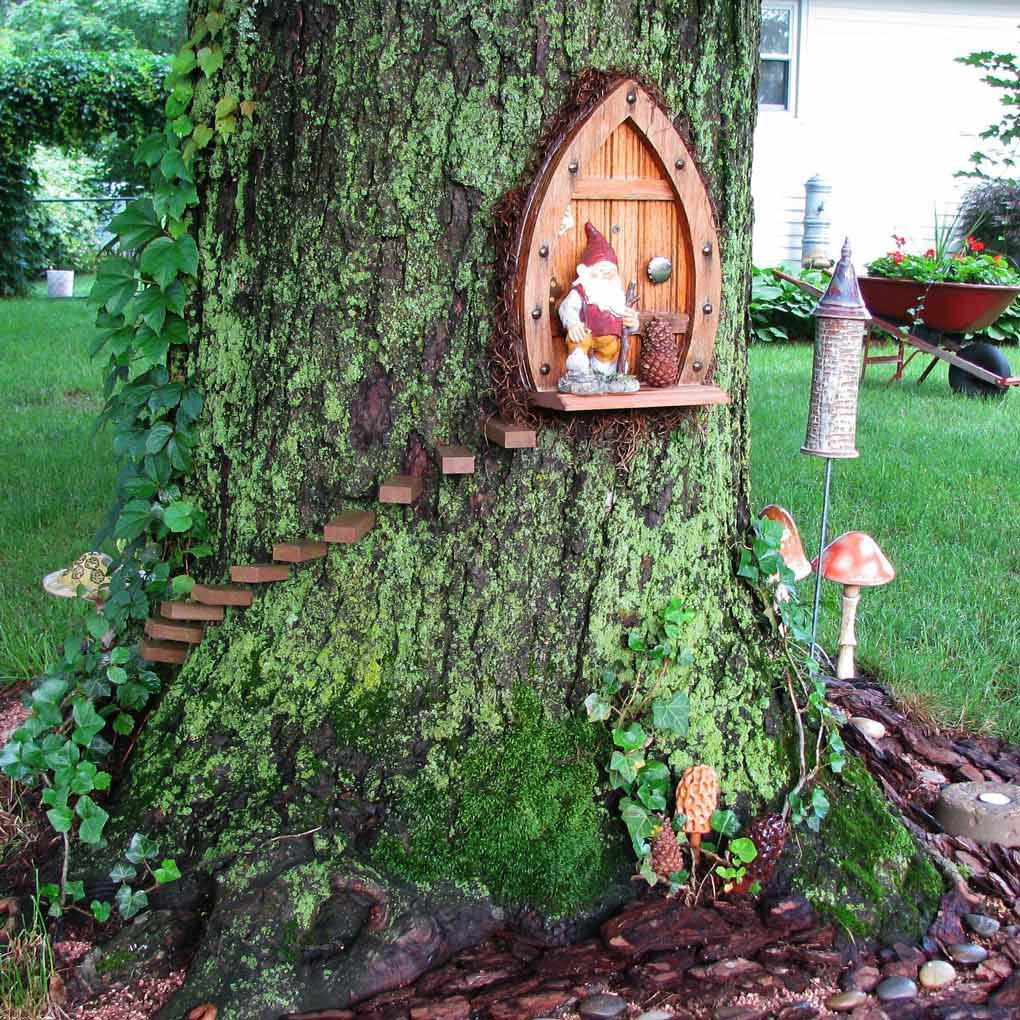
As you embark on your fairy garden journey, remember that the most magical creations are born from your unique vision and the joy of bringing it to life. Let your imagination guide you as you transform ordinary spaces into enchanting realms, where tiny details tell a story of whimsical charm and boundless possibilities.
DIY fairy gardens are a delightful way to bring whimsy to your outdoor space. Creating miniature houses and furniture for your tiny tenants can be a fun and rewarding project. If you’re looking for some inspiration for your fairy garden structures, check out these simple woodworking projects for ideas on building charming miniature houses, benches, and bridges.
Once you’ve mastered the basics, you can personalize your fairy garden with unique details and create a truly magical world.

